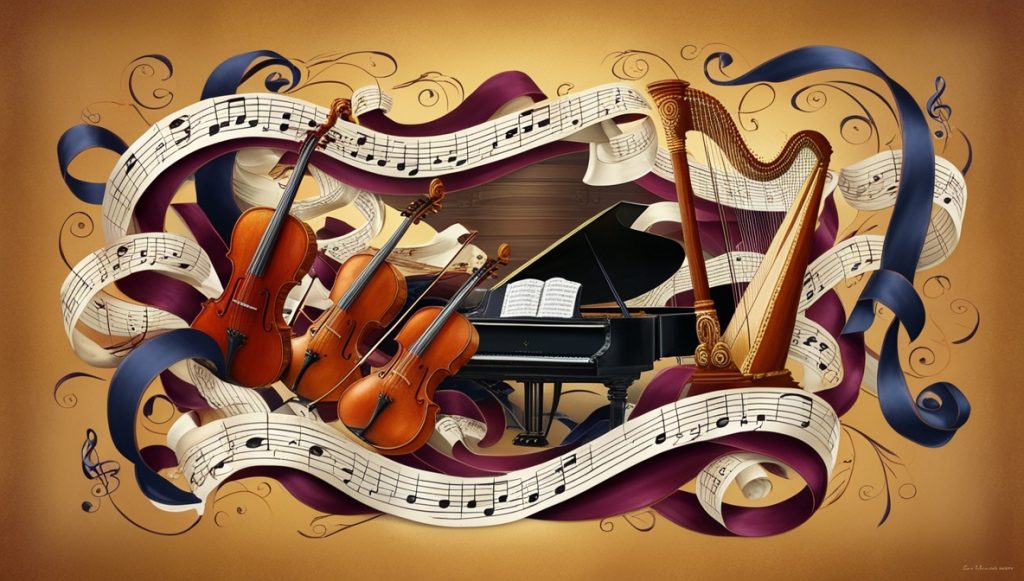The Origins of Classical Music
Classical music traces its origins back to the medieval period, around the 9th century, with the development of Gregorian chant in Western Europe. These early compositions, characterized by their monophonic (single melody line) structure, were primarily religious in nature and performed during Christian church services. As time progressed, music began to evolve, incorporating more complex forms and multiple voice parts.
The Renaissance Period (1400–1600)
The Renaissance era marked a significant expansion in the development of music, characterized by a greater focus on harmony and polyphony (the combination of multiple independent melody lines). Composers such as Josquin des Prez and Giovanni Pierluigi da Palestrina made major contributions to choral music and secular works during this time. The invention of the printing press also allowed for wider dissemination of music, helping to standardize musical notation and spread compositions across Europe.
The Baroque Era (1600–1750)
The Baroque period brought about a shift towards more expressive, ornate compositions. Composers such as Johann Sebastian Bach, George Frideric Handel, and Antonio Vivaldi created complex works that emphasized emotion, dramatic contrasts, and the use of ornamentation. Baroque music also saw the development of new forms, including the concerto, sonata, and opera. This era also introduced the use of the basso continuo, a continuous bassline that provided harmonic support for the rest of the ensemble.
The Classical Period (1750–1820)
The Classical period, which followed the Baroque era, is characterized by a move toward clarity, simplicity, and balance. Composers like Wolfgang Amadeus Mozart, Joseph Haydn, and Ludwig van Beethoven created works that emphasized structured forms, such as the symphony, sonata, and string quartet. Melodies became more prominent, and the use of the piano replaced the harpsichord as the dominant keyboard instrument. The Classical period marked a time when music became more accessible to wider audiences, moving beyond court and church performances to public concerts.
The Romantic Era (1820–1900)
The Romantic era saw composers moving away from strict classical forms and embracing personal expression, emotion, and nationalism. Composers such as Franz Schubert, Johannes Brahms, and Richard Wagner created large-scale works, including symphonies, operas, and lieder, that often told stories or conveyed deep emotional experiences. Romantic music also saw the expansion of orchestras, with composers utilizing a broader range of instruments and tonal colors.
The Modern Period (1900–present)
In the 20th and 21st centuries, classical music has continued to evolve with composers like Igor Stravinsky, Arnold Schoenberg, and Philip Glass experimenting with new harmonic systems, including atonality and minimalism. Classical music now encompasses a vast array of styles, from neoclassical works to experimental compositions that challenge traditional boundaries.



